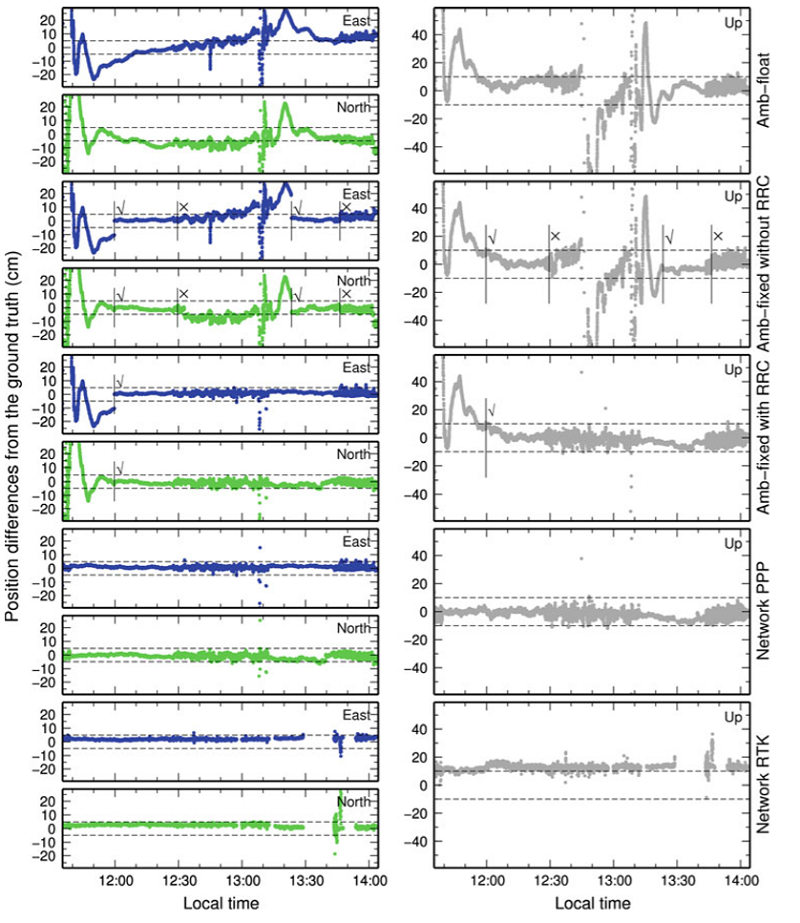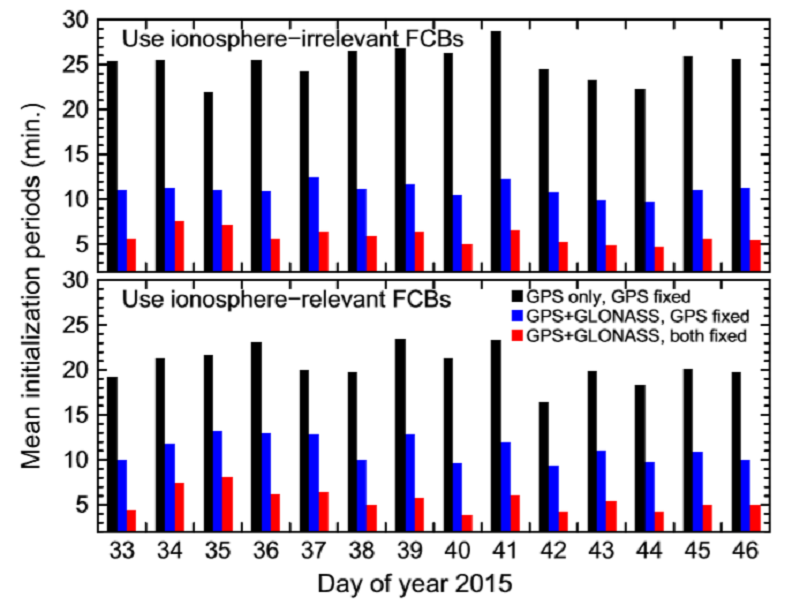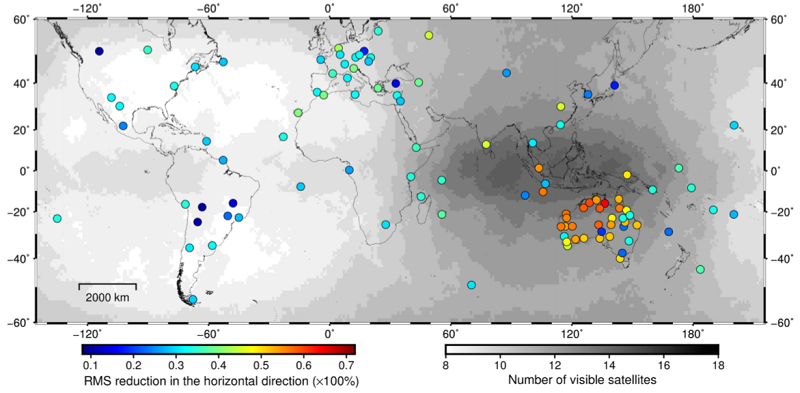Integer ambiguity resolution at a single receiver can be achieved if the fractional-cycle biases are separated from the ambiguity estimates in precise point positioning (PPP). Despite the improved positioning accuracy by such integer resolution, the convergence to an ambiguity-fixed solution normally requires a few tens of minutes. Even worse, these convergences can repeatedly occur on the occasion of loss of tracking locks for many satellites if an open sky-view is not constantly available, consequently totally destroying the practicability of real-time PPP. We thus develop a method in which ionospheric delays are precisely predicted to achieve rapid re-convergences to ambiguity-fixed solutions. We also demonstrate that the initialization time of PPP can be significantly decreased by implementing multi-GNSS PPP-AR, where simultaneous GPS and GLONASS dual-frequency PPP-AR is carried out. While above two methods can achieve rapid initialization/re-convergence, a few of minutes are still required for PPP to obtain reliable centimeter-level positions. For some time-critical and safe-critical navigation applications such as autonomous driving, decimeter-level positioning should be achieved instantaneously with “100% availability”. We thus propose a PPP wide-lane ambiguity resolution method (PPP-WAR) aiming at global instantaneous decimeter-level positioning by tightly coupling GPS/BeiDou/Galileo/QZSS triple-frequency observations; with the augmentation products such as FCBs and ISPBs, extra-wide-lane and wide-lane ambiguities can be resolved using a single epoch of data by PPP users to obtain available positions.

Fig.1 Position differences from the ground truth that is derived from a post-processed short-baseline solution for the East, North and Up components. From top to bottom show the ambiguity-float solution, the ambiguity-fixed solutions without and with rapid re-convergences (RRC), the ambiguity-fixed solution supported by a dense network (network PPP) and the network RTK solution. The symbol “√” denotes the time when the ambiguity-fixed solution is achieved, whereas “×” denotes the time when the ambiguity-fixed solution is totally lost. This figure shows that rapid re-convergence can be achieved by virtue of predicted ionosphere delays.

Fig.2 Mean initialization periods (minutes) over all involved SAPOSstations on each day based on ionosphere-relevant and ionosphere irrelevant FCBs. Three types of solutions, “GPS only, GPS fixed”, “GPS+GLONASS, GPS fixed” and “GPS+GLONASS, both fixed”, are contrasted in black, blue, and red bars, respectively. Solutions that are not successfully initialized within an hour are excluded for the statistics here. Note that using ionosphere-relevant FCBs indicates that ionosphere corrections are introduced into real-time PPP. This figure shows that initialization time can be significantly decreased by fixing GPS and GLONASS ambiguities simultaneously.

Fig.3 Improvement of instantaneous positioning accuracy at 107 IGS and ARGN stations. The positioning accuracy is gauged in terms of RMS of the differences between epoch-wise and daily positions. We calculated the RMS improvement in the horizontal components by comparing the instantaneous PPP-WAR with the single-epoch PPP solutions. The station-specific color-coded RMS improvements are presented against the gray-coded satellite visibility on a global scale. This figure shows that the performance of instantaneous PPP-WAR is related to the number of visible satellites.
Related Works
1.Geng J*, Meng X, Dodson AH, Ge M, Teferle FN (2010) Rapid re-convergences to ambiguity-fixed solutions in precise point positioning. J. Geod., 84(12):705-714
2.Geng J*, Guo J, Chang H, Li X (2018) Toward global instantaneous decimeter-level positioning using tightly coupled multi-constellation and multi-frequency GNSS. J. Geod. doi:10.1007/s00190-018-1219-y
3.Geng J*, Shi C (2017) Rapid initialization of real-time PPP by resolving undifferenced GPS and GLONASS ambiguities simultaneously. J. Geod., 91(4):361-374, doi:10.1007/s00190-016-0969-7
Copyright PRIDELAB IN GNSS CENTER , Wuhan University Visits:236980 Powered by Truesing